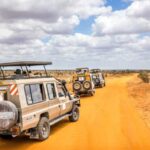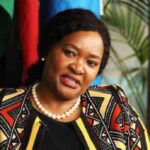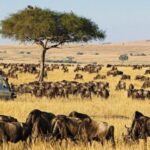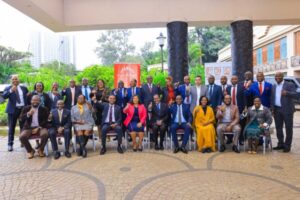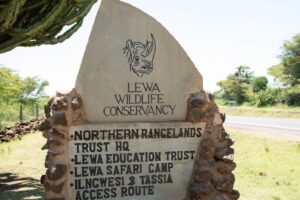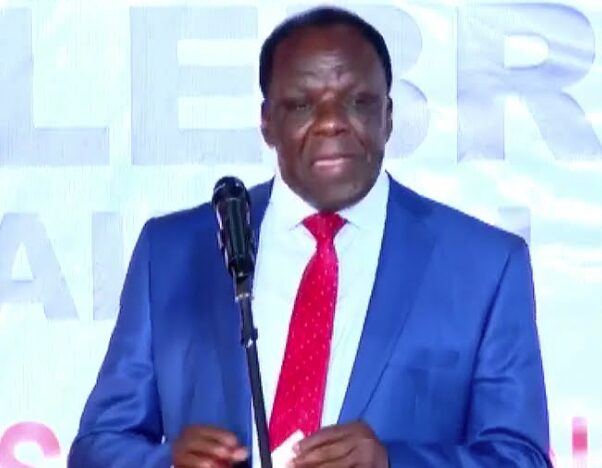The government has started the second phase of the National Animal Census, a project aimed at tackling challenges threatening Kenya’s wildlife.
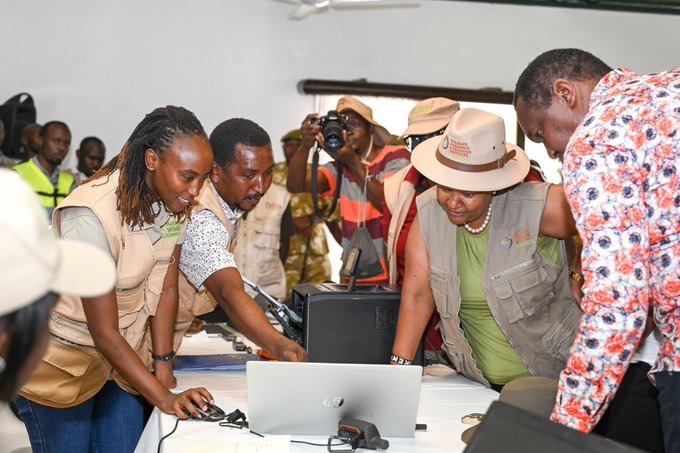
Covering 65,000 square kilometers across six counties in northern Kenya, the project was officially launched in Shaba, Isiolo County, an area rich in diverse ecosystems.
The Cabinet Secretary for Wildlife and Tourism, Rebecca Miano, led the launch, emphasizing the importance of this census for guiding government policies on wildlife conservation.
Kenya’s wildlife faces disruptions caused by prolonged droughts and flash floods, leading to shifts in ecosystems.
“This initiative involves more than counting animals,” Miano stated.
“It is about assessing the current state of wildlife in relation to climate changes and human activities. The data will inform policies to protect our heritage,” she added.
The census, conducted by the Wildlife Research and Training Institute (WRTI), is supported by ten partner organizations from conservation groups, government bodies, and research institutions, all working toward preserving Kenya’s biodiversity.
WRTI has deployed seven helicopters to cover expansive areas, ensuring even remote regions are reached.
Advanced mapping and tracking tools gather and transmit data in real time to Shaba, where it is immediately analyzed.
This use of technology has improved the speed and accuracy of data collection, setting a new standard for wildlife monitoring in the region.
The first phase earlier this year in the Mara, Amboseli, and Magadi zones revealed key trends.
The elephant population increased by 29%, reflecting the success of ongoing conservation efforts.
However, buffalo numbers showed a decline, signaling an urgent need for intervention.
These findings guide strategies for habitat restoration, anti-poaching efforts, and community-based initiatives.
The second phase emphasizes collaboration in wildlife conservation.
WRTI works with various organizations, combining resources and knowledge for a more effective process.
Miano praised these partnerships, stating, “Wildlife conservation is a shared responsibility. Together, we can protect our natural environment for future generations,” at the launch event.
This census aligns with Kenya’s environmental goals and global commitments, such as those under the Convention on Biological Diversity.
Reliable data from this exercise strengthens Kenya’s contributions to global conservation discussions.
The findings from this phase will address critical issues like climate change effects, human-wildlife conflicts, and sustainable coexistence.
As the project progresses, the government will collaborate with local communities, promote conservation awareness, and ensure wildlife protection benefits both people and the environment.
The National Animal Census is a key step in preserving Kenya’s wildlife.
By integrating technology, fostering collaboration, and achieving clear goals, Kenya remains dedicated to protecting its natural heritage for generations.
“Our wildlife is a priceless national treasure,” Miano stated.
“It must be recognized as part of our country’s resources. The National Wildlife Census plays a central role in gathering precise data to support conservation and management efforts,” she concluded.



